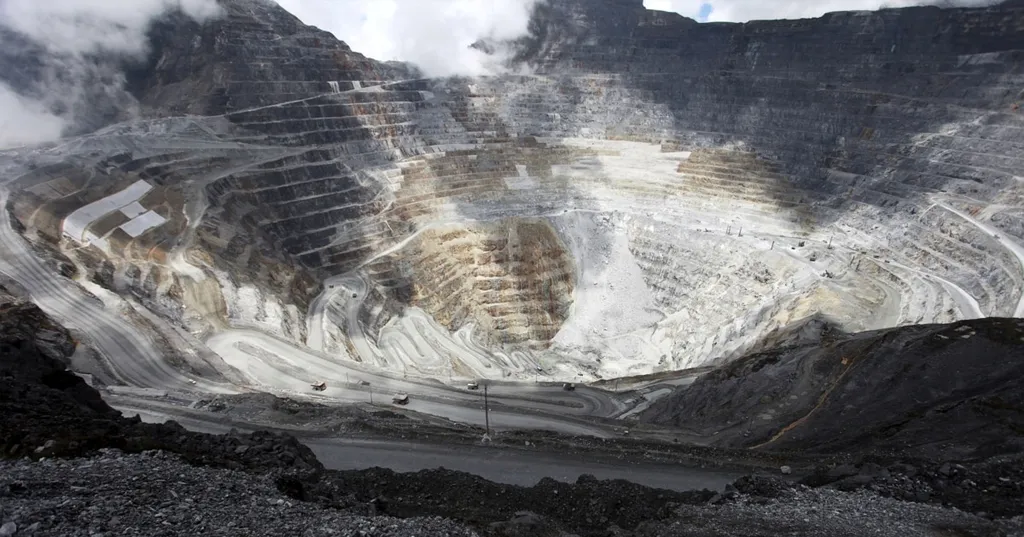In the heart of Riau Province, Indonesia, a silent transformation is taking place along the Singingi River. Artisanal and small-scale gold mining (ASGM) has left an indelible mark on the landscape, altering its geomorphology, sedimentology, and hydrology. Yet, amidst this disruption, a glimmer of hope emerges from a recent study published in the *Journal of Degraded and Mining Lands Management*, known in English as the Journal of Degraded and Mining Lands Management. The research, led by Deno Okalia from the Study Program of Soil Sciences at Institut Pertanian Bogor, offers a roadmap for reclaiming and restoring these mining-impacted lands.
The study, which leverages high-resolution remote sensing data and advanced spatial analysis, systematically delineates post-mining land typologies along a 51.25 km stretch of the Singingi Watershed. By analyzing topographic attributes, particle size distribution, pit depth, and tailing mound characteristics, Okalia and his team identified eight distinct land typologies (A-H). Among these, typology H stands out as the most amenable to passive reclamation and natural vegetation regeneration. This typology is characterized by a flat terrain, shallow pit depths and tailing mound heights, and a predominance of fine-textured soils.
“Typology H is a game-changer,” Okalia explains. “Its characteristics make it ideal for natural regeneration, reducing the need for intensive and costly reclamation efforts. This is a significant finding for sustainable land management in regions affected by ASGM activities.”
The study’s findings have profound implications for the energy sector, particularly for companies operating in or near ASGM-affected areas. By understanding the specific typologies of degraded lands, energy companies can develop targeted reclamation strategies that are both cost-effective and environmentally sustainable. This not only mitigates the environmental impact of their operations but also enhances their social license to operate.
Moreover, the research underscores the importance of integrating multidisciplinary spatial data to inform sustainable land management practices. This holistic approach can guide future developments in the field, ensuring that reclamation efforts are adaptive and responsive to the unique characteristics of each mining site.
As the world grapples with the challenges of climate change and environmental degradation, studies like Okalia’s offer valuable insights and practical solutions. By harnessing the power of advanced spatial analysis and remote sensing, we can pave the way for a more sustainable future, one where the energy sector and the environment can coexist harmoniously.
In the words of Okalia, “This research is not just about reclaiming land; it’s about restoring hope and fostering a sustainable future for communities and industries alike.”

